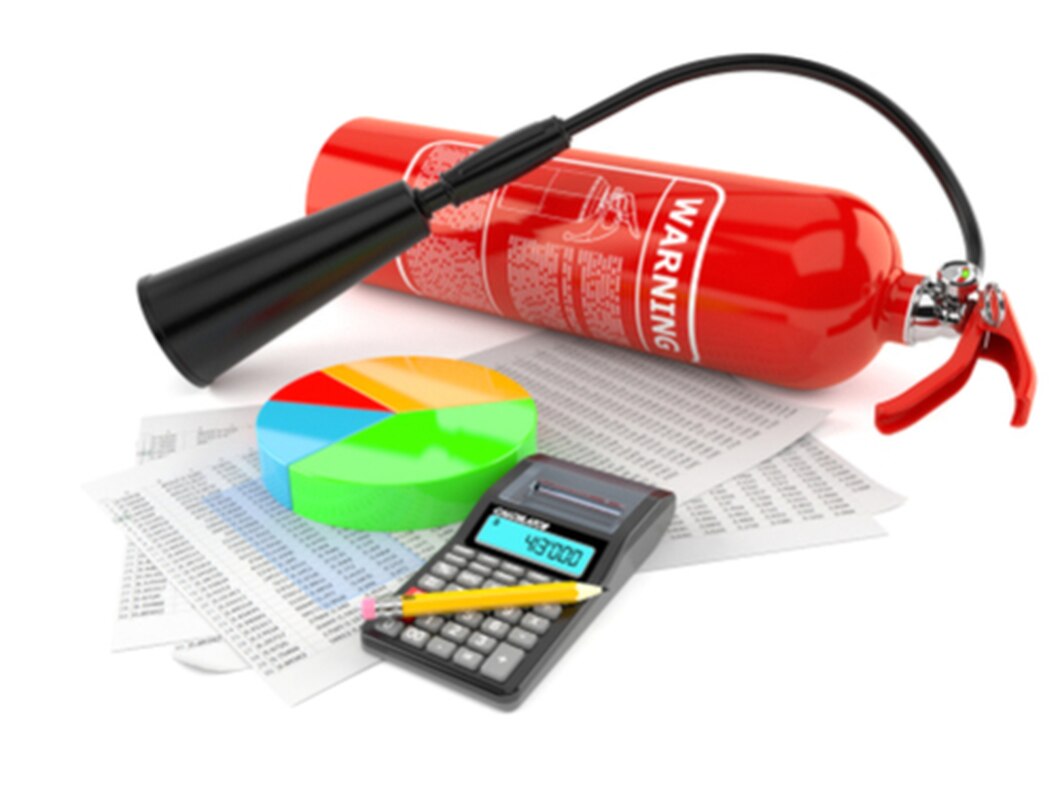Performing a comprehensive building fire risk assessment as part of your fire safety plan is incredibly important. If you fail to spot certain hazards or potential sources of ignition for example, there can be serious consequences.
While we always recommend working with qualified professionals if you don’t have the appropriate knowledge or training to handle it yourself, below are a few important things you should know to include in your next building fire risk assessment.
If you need any additional information or would like to inquire about hiring us to perform the fire risk assessment on your behalf, get in touch with us anytime at UK- Fire Risk Assessments and we’ll happily walk you through what it takes to conduct a sound assessment and risk plan.
A Clear Definition of Fire Hazards
A fire hazard isn’t just the risk of someone leaving their candles burning when they leave their apartment. Fires can be caused by many situations and sometimes seemingly unlikely combinations of events.
You won’t have the power to control everything, such as the behaviour of your tenants or employees, for example, but you can identify all potential causes of fires occurring so you can reduce the overall risk to acceptable levels.
In your risk assessment plan, be clear in your records and documentation about specific hazards. Whether it’s objects potentially causing ignition, things catching fire or obstacles blocking the way of exit, examine clearly how these things can lead to potential dangers in the future.
All of these components will together come under the umbrella of ‘fire hazards’, and the underlying reason to identify and define them is to preserve human life.
Ignition Hazards
- Faulty electrical equipment and appliances
- Candles and matches
- Portable heating systems
- Cookers and ovens next to flammable items
- An open fireplace
Vulnerable People
- The elderly
- Children
- People located further from fire exits
Sources of Fuel
- Paper, wood, cardboard
- Workshop equipment, such as flammable sprays, thinners or oils
- Cooking oil
Dangerous Situations
- Large boxes or items blocking corridors or exists
- Stiff or sealed windows leading onto fire escapes
- Cluttered kitchen spaces with flammable items located next to cookers
General Considerations
People’s behaviour is one of the biggest fire safety risks. Whether it’s occupants of a shared house or a temporary house cleaner, individuals can unknowingly cause fires due to their actions. If possible, communicate the various fire risks to the people who frequently occupy your premises.
At UK- Fire Risk Assessments, we can help you identify all of the above risks in a comprehensive fire risk mitigation plan. Get in touch and we’ll help secure your property for the future.

